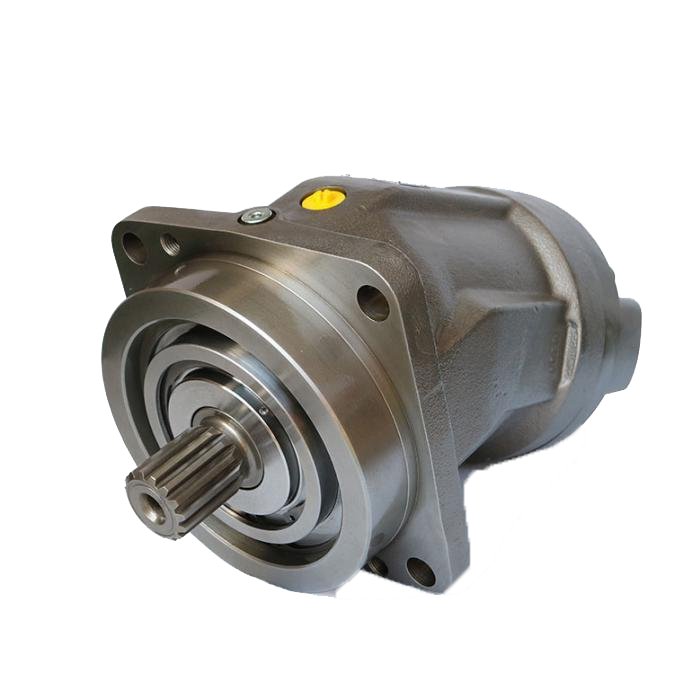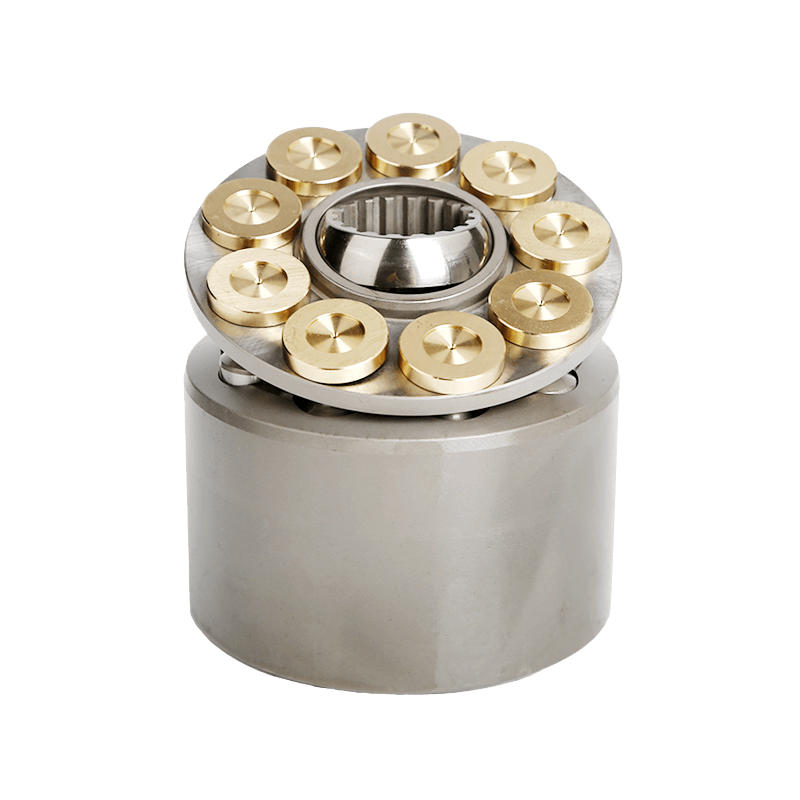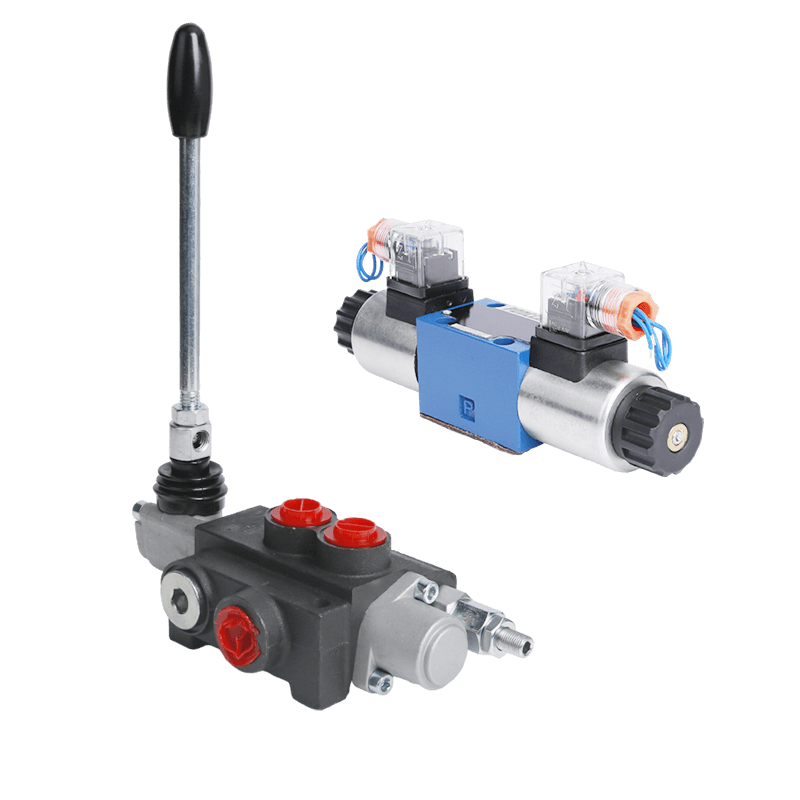In hydraulic systems, people often use versnellingspompen, piston pumps, and vane pumps. Each one has its own strengths. Let’s look at how they work, what they do best, and where they fit. This guide makes it simple to understand their differences. It helps you pick the right pump for your job.
Gear Pumps: Simplicity and Durability

Hoe tandwielpompen werken
Gear pumps are easy and tough. They’re used a lot in low-pressure jobs. They have two gears that spin together. This makes a vacuum that pulls hydraulic fluid into the pump’s entry. Then, it pushes the fluid out the exit. There are two kinds: external gear pumps, where gears spin against each other, and internal gear pumps, where one gear sits inside the other.
This simple setup uses tight gear teeth to grab and move fluid. It avoids leaks. The gears’ spin speed sets the flow. These pumps often link to electric motors or gas engines in mobile gear.
Key Characteristics of Gear Pumps
Stroomsnelheid: Gear pumps give a steady flow. It depends on how fast the gears spin. They don’t give super exact flow like other pumps. They’re great for jobs that need constant flow, like oiling systems. They don’t need fancy controls.
Drukbereik: Gear pumps handle low to medium pressure, up to 250 bar (3,600 psi). Some top models from brands like Parker or Marzocchi can take higher pressure. They’re good for daily factory tasks but not for super high-pressure jobs.
Simplicity and Reliability: Gear pumps have few moving parts. This cuts the chance of breaking down. They’re easy to fix and cheap. This makes them a go-to for basic hydraulic setups. With fewer parts, they don’t stop often. Fixes can happen at your shop.
Efficiëntie: Gear pumps are less efficient than piston or vane pumps, especially at high pressure. Their steady flow can waste energy in systems needing changing flow or pressure. Adding accumulators or relief valves can help make them work better.
If you’re looking online for “gear pump suppliers” or “tough hydraulic gear pumps for farming,” POOCCA has options like the Rexroth AZPF series or Sunny external gear pumps. These are known for strong builds and work with many fluids.
Applications of Gear Pumps
Gear pumps fit jobs where low-to-medium pressure works fine. They’re simple and last long. You’ll see them in farm tools like tractors and harvesters. They’re in build gear like loaders and diggers. They also work in factory machines with medium power needs, like conveyor belts or basic presses. In mining, gear pumps oil crushers and belts. They handle rough places with little care.
Piston Pumps: High Pressure and Precision
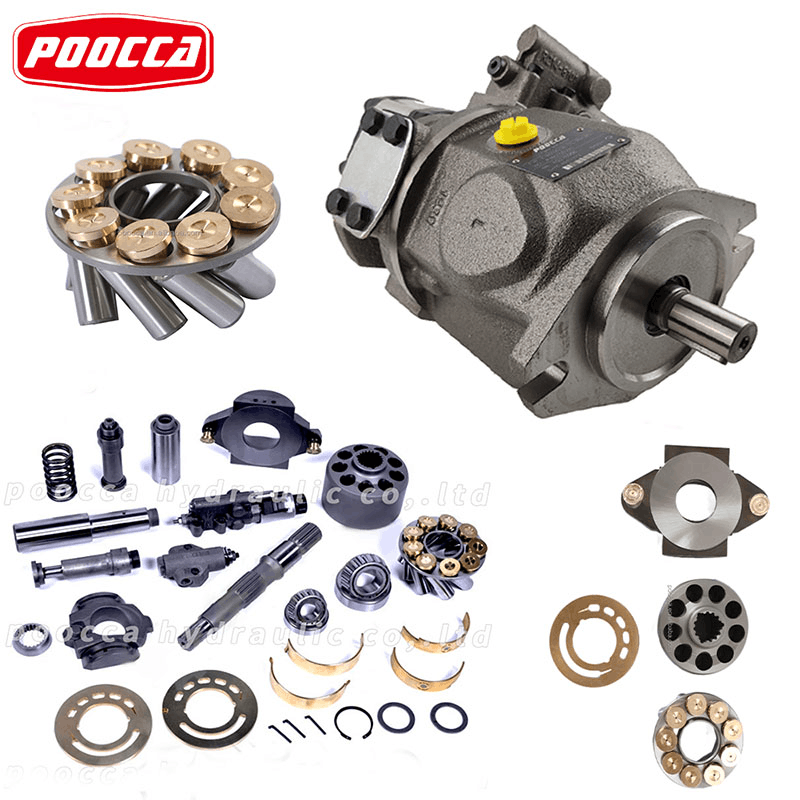
How Piston Pumps Work
Zuigerpompen are trickier than gear pumps. But they give better work and handle high pressure. They use pistons that slide in cylinders to push hydraulic fluid. When pistons move back, they pull fluid in during the suck step. When they push forward, they send fluid out in the push step. Piston pumps can be axial (pistons line up with the drive shaft) or radial (pistons sit across it).
The axial piston type, like the Bosch Rexroth A10VSO series, uses a swashplate to change flow amount. This gives exact control. Radial piston pumps work in high-torque jobs. They give even more pressure with their circling piston setup.
Key Characteristics of Piston Pumps
Hogedrukcapaciteit: Piston pumps can make much higher pressure than gear or vane pumps. They go over 400 bar (5,800 psi). This makes them great for heavy jobs needing big force, like lifting huge loads or running exact tools.
Variable Displacement: Piston pumps let you change the flow amount. This matches the system’s needs. It saves energy in jobs with changing loads. It cuts waste.
Efficiëntie: Piston pumps are very efficient. They work well at different pressures and flows. Their exact control fits jobs needing careful fluid flow and pressure. They can hit 95% volume efficiency, way better than simpler pumps.
Complexity and Cost: Piston pumps have a complex build. They cost more than gear or vane pumps. They need more fixes because of parts like swashplates and valve plates. But their long-term energy savings often balance the high start cost.
For those searching “high-pressure piston pumps” or “variable flow hydraulic pumps for building,” POOCCA offers top models like the Yuken PV2R series or Denison PVP. These meet ISO standards for trust.
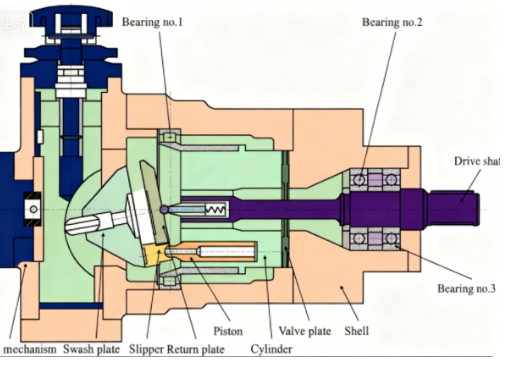
Applications of Piston Pumps
Piston pumps shine in high-pressure jobs needing exact work. They’re in heavy build machines like hydraulic cranes and pile drivers. They’re in air systems for landing gear moves. They power factory presses for metal shaping. They also fit machines needing high power, like injection molding in factories. In sea setups, piston pumps run winches and steering. Their changing flow fits shifting loads. POOCCA works with brands like Nachi and Vickers. They ensure these pumps meet world standards. Custom ODM options are there for special needs.
Vane Pumps: Quiet and Versatile
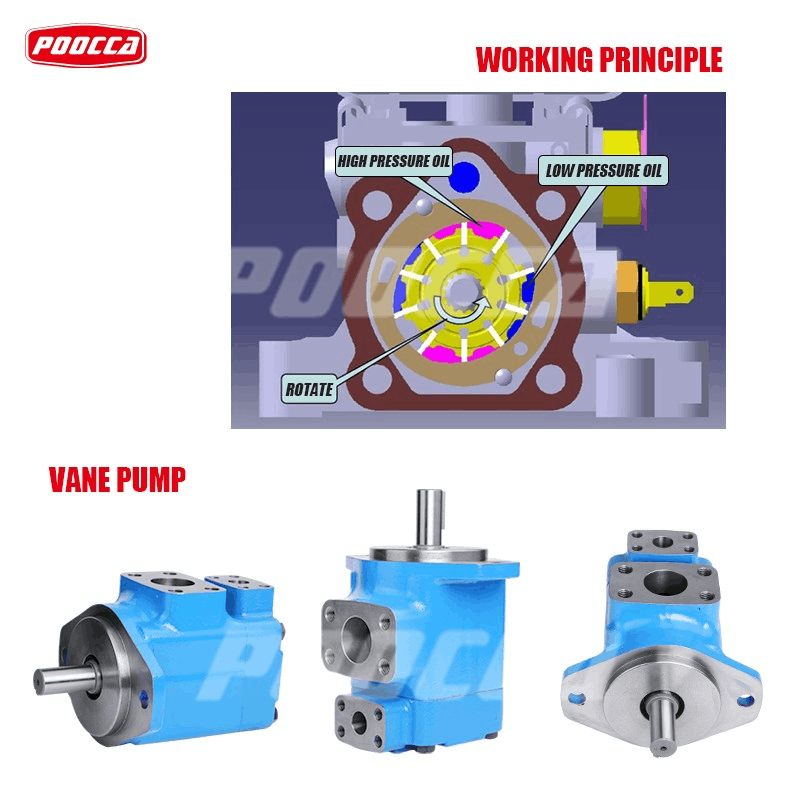
Hoe Vane Pumps werken
BEADE PUMPEN use spinning vanes that slide in and out of rotor slots to make hydraulic pressure. As the rotor turns, force pushes vanes against the pump case. This makes spaces that pull in and push out hydraulic fluid. Vane pumps give smooth and steady flow. They’re great for some jobs.
Their balanced vane design cuts side loads. This makes parts last longer. Variable flow types use pressure tweaks to adjust output. Fixed models give steady flow.
Key Characteristics of Vane Pumps
Smooth and Quiet Operation: Vane pumps are super quiet. Their sliding vane setup cuts shaking. This makes fluid flow even and less noisy than gear or piston pumps—often 10-15 dB quieter. This matters in places where noise is a problem.
Moderate Pressure and Flow: Vane pumps work at medium pressure, up to 200 bar (2,900 psi). They give medium flow rates, up to 300 L/min. They’re not as strong as piston pumps. But they balance flow and pressure for many jobs.
Variable and Fixed Displacement: Vane pumps can be fixed or variable flow. This gives options based on the system’s needs. Variable flow improves energy saving in some setups by up to 20%.
Wear and Maintenance: Vane pumps don’t like dirt. They can wear out faster than gear pumps if not cared for. But they’re easy to fix. Their simple build lets you swap worn parts like vanes and end plates quick.
Toepassingen van schoeppompen
Vane pumps fit jobs where quiet work and smooth flow matter. They’re in car systems like power steering and brakes. They’re in plastic molding machines for steady pressure. They also work in mobile gear with medium power needs, like forklifts and sky lifts.
Key Differences Between Gear, Piston, and Vane Pumps
| Feature | Versnellingspompen | Zuigerpompen | BEADE PUMPEN |
| Drukbereik | Low-Medium (up to 250 bar) | High (400+ bar) | Medium (up to 200 bar) |
| Flow Type | Fixed, constant | Variabel | Fixed or Variable |
| Efficiëntie | Moderate | High | Good |
| Noise Level | Higher | Moderate | Laag |
| Kosten | Laag | High | Medium |
| Best For | Simple, tough jobs | Exact, high-force jobs | Quiet, smooth flow jobs |
De juiste pomp kiezen voor uw toepassing
Pick the pump that fits your job best. Need simple and cheap? Go with gear pumps. Want high pressure and exact control? Choose piston pumps. Need quiet and smooth? Vane pumps are the way. Think about your job’s pressure, flow, and noise needs. Match them to the pump’s strengths.
Veelgestelde vragen (veelgestelde vragen)
Q: What is the main advantage of a gear pump over a piston pump?
A: Gear pumps are simpler and cheaper. They’re very tough for low-to-medium pressure jobs. Piston pumps are better for high-pressure, exact tasks.
Q: Can vane pumps handle variable flow rates?
A: Yes. Many vane pumps have variable flow options. This lets you adjust flow for energy-saving work in changing systems.
Q: How do I choose between fixed and variable displacement pumps?
A: Fixed flow fits steady needs, like oiling. Variable flow is better for jobs with changing loads to save energy.
Partner with POOCCA for Superior Hydraulic Solutions
As a top manufacturer in hydraulics since 2006, POOCCA gives full solutions for your gear, piston, and vane pump needs. With plants in Hong Kong, Guangdong, Jiangsu, and Zhejiang covering 12,000 sqm, we make over 1,600 products each year. We ship to 75+ countries and earn USD 16M+ in sales. Our ISO9001-approved lineup from brands like Eaton, Vickers, and Nachi promises 99.9% pass rates. We offer fair factory prices, quick shipping, and custom ODM/OEM services for building, farming, mining, and more.
Ready to boost your hydraulic systems? Reach our expert team today for a free talk, price, or sample. Let’s push your work forward—ask for your fit solution now!




